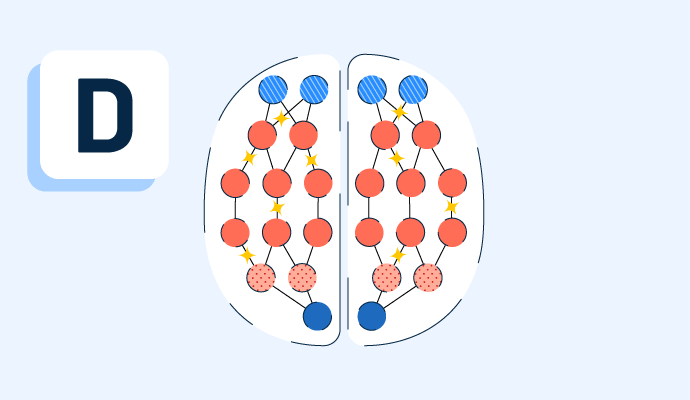What is deep learning?
Deep learning is a branch of artificial intelligence (AI) that aims to replicate how the human brain learns and processes information. It uses computer algorithms called neural networks to recognize patterns and understand complex data. These neural networks are made of layers of interconnected nodes – similar to neurons in the brain. Through the process of deep learning, these nodes learn to extract features and make predictions using raw data.
Large language models (LLMs), like GPT (Generative Pre-trained Transformer) and BERT (Bidirectional Encoder Representations from Transformers), are advanced examples of deep learning in action. They're designed to understand and generate human-like language. These models are trained on large amounts of text from the internet, learning the differences in language structure and meaning. They're incredibly versatile, capable of tasks like language translation, text summarization, and answering complex questions.
Deep learning is being used extensively in computer vision, healthcare, finance, and autonomous driving. Its ability to learn from data and generalize to new situations makes it a powerful tool for solving complex problems and driving innovation in a wide range of applications.
Discover more about deep learning and how intelligent machines can learn and progress.

